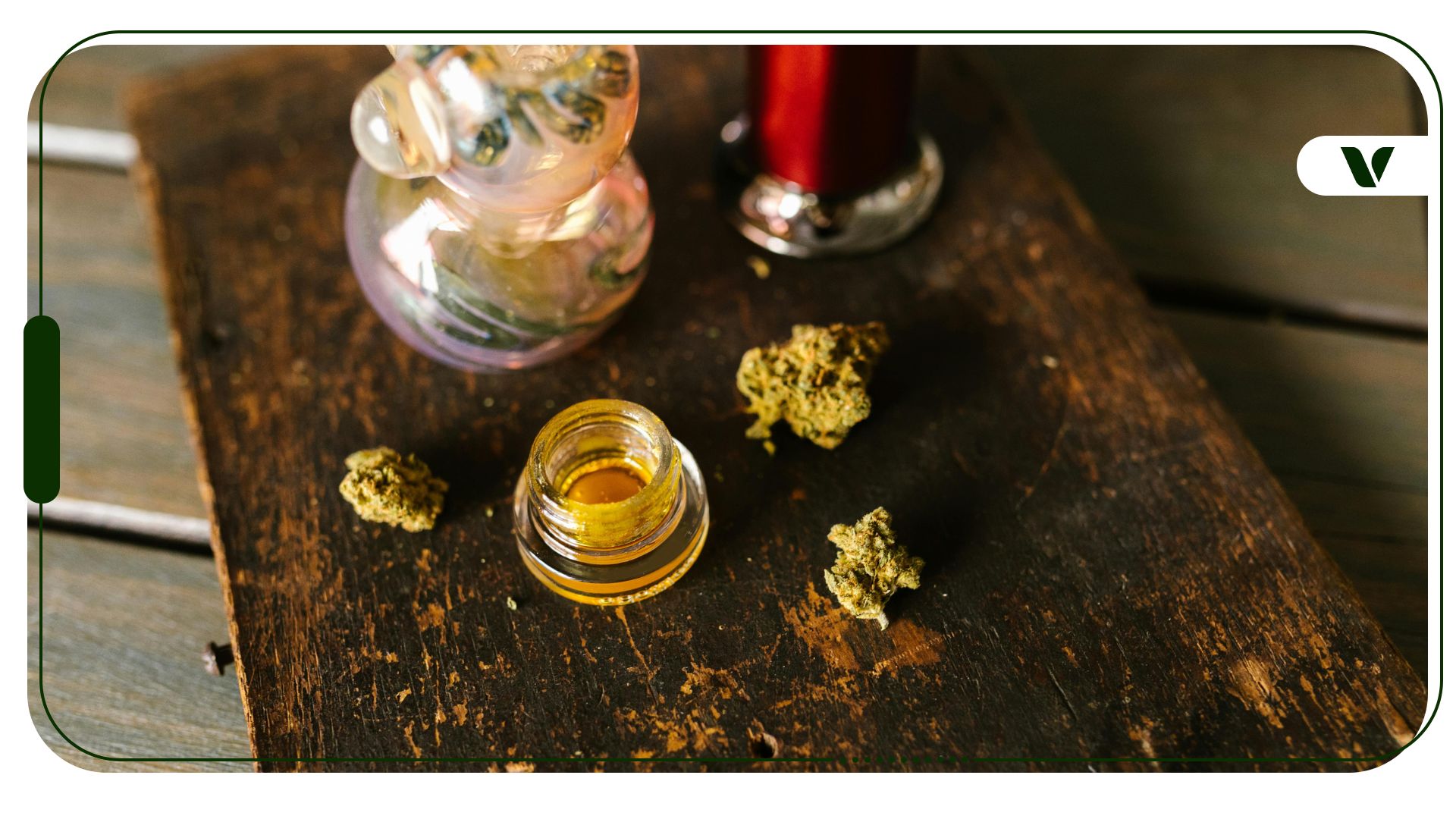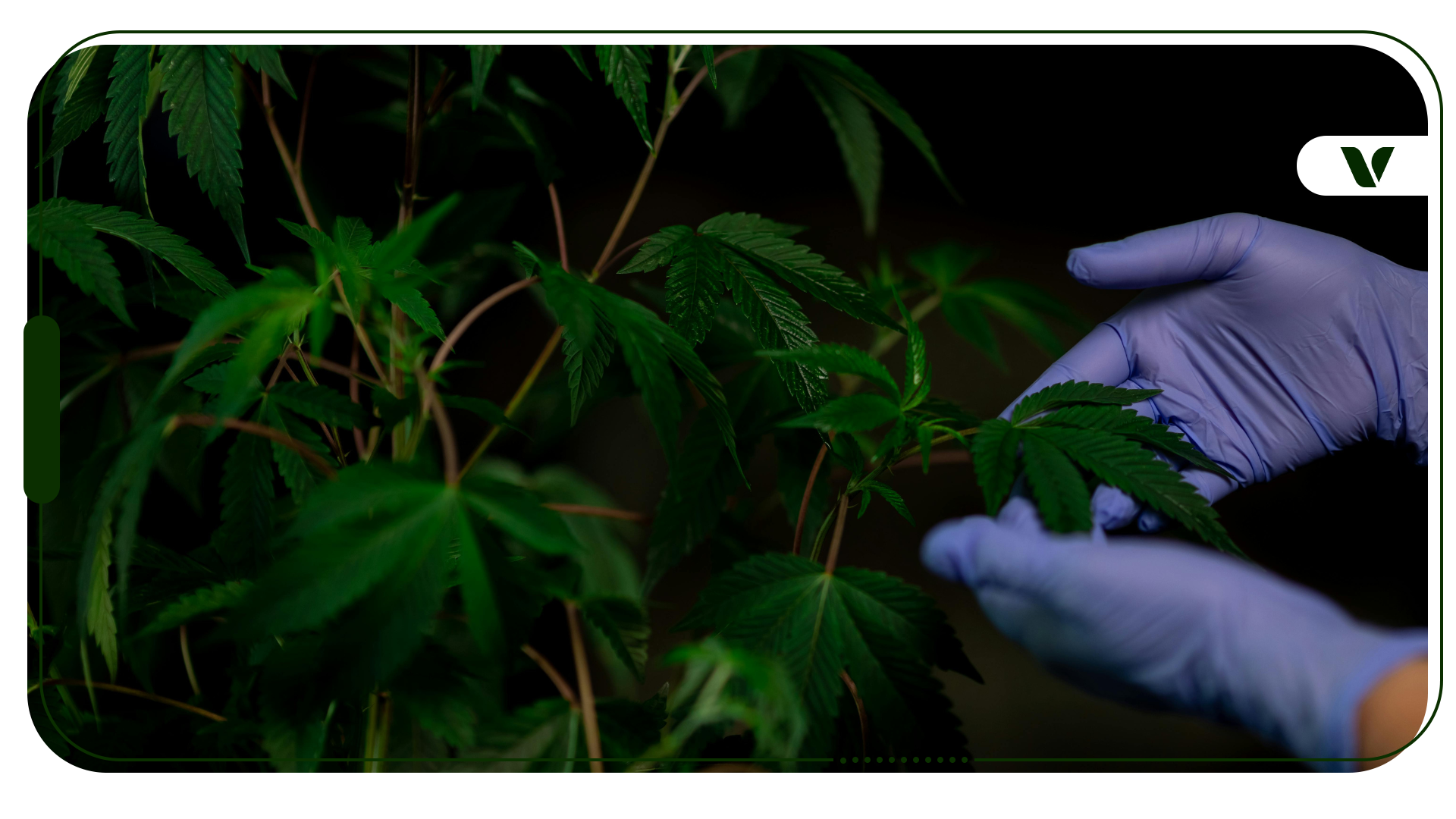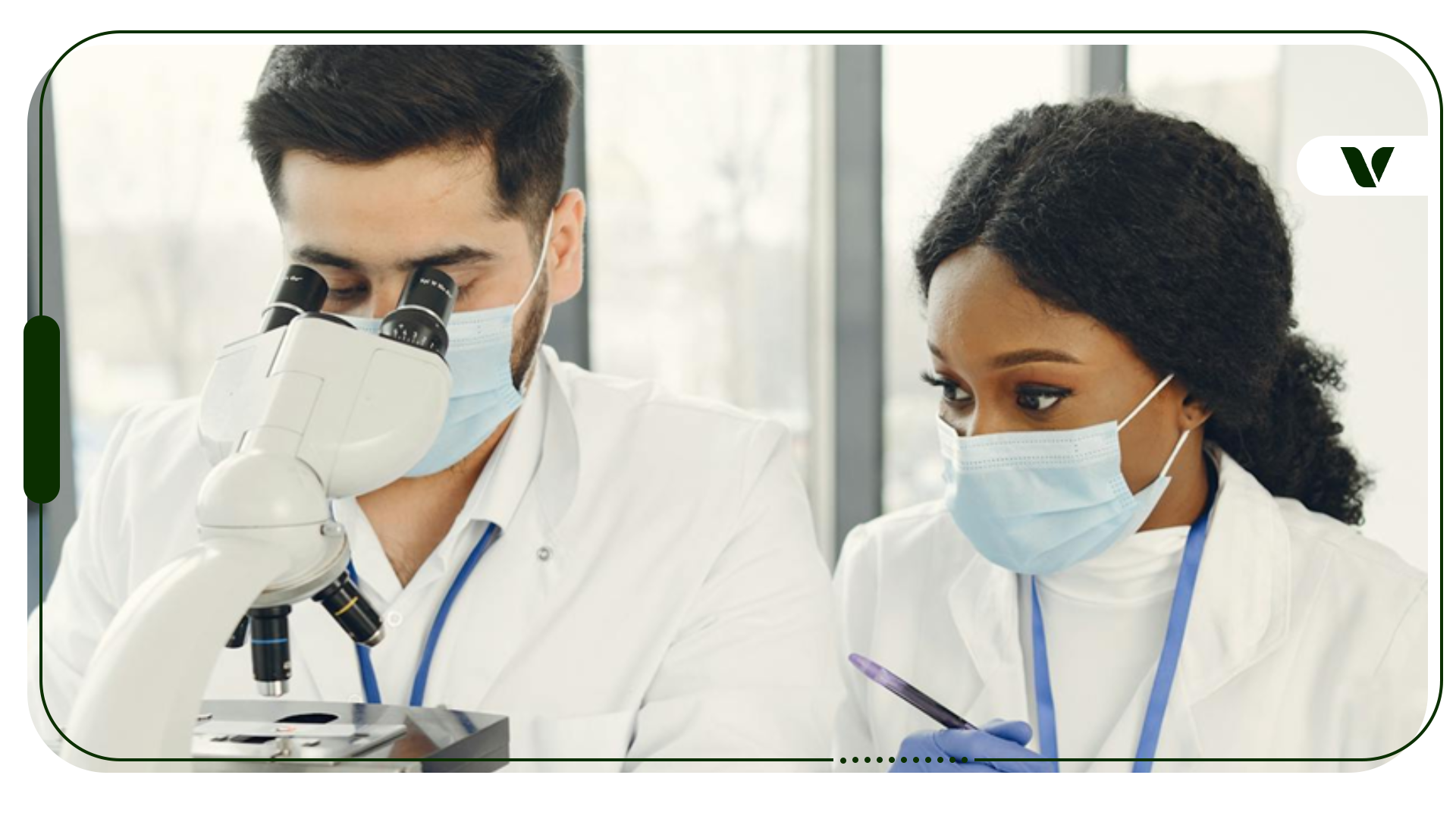According to the CDC, 1 in 10 new cases of HIV is attributed to injection drug use. The organization goes on to explain that using injection equipment that has been used by someone else increases the risk of getting blood-transmitted diseases such as HIV and Hepatitis. The CDC’s statistics say that 2.4 million citizens in America are using injections and that many are doing so up to around 1,000 times per year. This results in billions of injections, thus escalating the need for a way to provide sterile needles and proper needle disposals. So, harm reduction services such as needle exchange programs have been established to help further reduce the need for shared needles, which then also reduces the risks of infections.
What Are Needle Exchange Programs?
According to the World Health Organization, needle exchange programs aim to provide “sterile injecting equipment”, such as needles, as well as providing means of “safe disposal”. The needle exchange program is a model designed to reduce the harm associated with needle use. The programs offer clean needles with an objective to disrupt the spread of infectious diseases such as hepatitis, alongside HIV. This approach is controversial as many feel that the program is enabling addition, as opposed to reducing it. Opposingly, ScienceDirect explains that these programs have been associated with “reduced HIV transmission among injection-drug users”, along with decreased reuse of needles and increased likelihood of joining a drug treatment program.
Despite the good intentions of needle exchange programs, there are still many who strongly oppose the idea and will go to lengths to discourage them, such as West Virginia Sen. Eric Tarr. He introduced Senate Bill 286 which prohibits state funds from being used by these exchange programs, according to the Times (West Virginia). Additionally, those who wish to establish such exchange programs in the state will need to provide needles with serial numbers which can be easily traced and should only be given to those who are seeking assistance with their substance use disorder, or addition. While those who oppose the programs seek to rule out exchange businesses, Lloyd White from the Marion County Health Department explained that,
“People who get themselves into harm reduction clinics, which includes syringe access are five times more likely to seek treatment than those who do not: and that “drug users are going to use needles no matter what; they are going to do what they are going to do with their needles no matter what.”
Addiction, Injection, and Infection
The NIH explains that sharing needles is considered a high-risk behavior that puts the users at risk of contracting infectious diseases. These diseases include human immunodeficiency virus (HIV), acquired immune deficiency syndrome (AIDS) as well as hepatitis. These conditions are spread through the transmission of blood or body fluids, with men and women at equal risk.
The NIH carries on to explain that 20% of the recorded HIV cases in 2016 were attributed to injection drug use. HIV infects the body’s immune cells which are necessary for fighting off infections. When one is infected with HIV, the body will then have a reduced ability to fight off disease and infection. While HIV can sometimes lead to AIDS, this is not always the case thanks to medical interventions that are available today. However, AIDS is considered the final stage of HIV infection and characterizes when the body is unable to fight off disease.
Hepatitis is an inflammatory disease that targets the liver as well as causing painful swelling and irritation. This condition is divided into versions A, B, C, D, and E- each which has its own method of spreading and which requires its own treatments. Hepatitis B and C can be spread through sharing needles. Hepatitis B has a vaccine and medication to prevent and treat the condition, however, Hepatitis C has no means of prevention, besides not engaging in high-risk behavior, but has medication to treat it. Some patients with hepatitis will recover, but many spend their lives on medication and are continuously monitored for liver failure and cancer.
Why You Should Get Your Medical Marijuana Card
Veriheal has satisfied millions of patients nationwide by giving them access to these benefits
- Larger purchase limits
- Peace of mind
- Enhanced legal protection
- Access to higher potency strains
- Save up to 25% on cannabis purchases
- Skip the line at the dispensary
Which Drugs Are Often Injected?
Recreational drugs which are commonly injected include heroin, cocaine, methamphetamines, prescription stimulants, as well as opioids. These drugs are injected into the bloodstream through a vein, either by the forearms or other discrete locations such as in between the toes. When injecting many times throughout a period, the veins can become damaged or collapse as well as causing lesions and bruising. When this happens, injection drug users move on to other areas of the body including hands, face, neck, and even the groin. Injection drug users also take methods to reduce the likelihood of the injection sites being seen through covering up with clothing and tattoos.
What is Needle Fixation?
Not only are the injected drugs addictive, but the needles themselves can also be too. An individual can present with needle fixation which is when they crave the act of injection itself. The organization explains that a drug user who has needle fixation will try to split their “drug fix” into as many shots, as possible as they crave the actual injection. The injection gives the user a ‘rush’ but this fixation results in collapsing veins in the process.
Drug Dependency and Cannabis
While the needle exchange program is aimed at reducing harm and providing a place of safe needle disposal, cannabis can be used to better address the issue of addiction. Many people believe that cannabis is an addictive substance when in reality it can be an effective means of assisting with combating dependency and addiction. For example, cannabis can be used to prevent the development of addiction when consuming opioids for medicinal purposes, as well as offering an alternative to pain management without the risk of addiction.
Cannabis can also be used in harm reduction programs for those who have severe addictions and struggle with full abstinence. The aim of these programs is to use cannabis and other holistic alternatives for individuals suffering from a severe addiction to get over their addiction and to improve the chances of full abstinence. Like many things concerning cannabis, there are not enough studies and scientific research, at the moment, to support methods like this. This lack of research is the biggest obstacle preventing cannabis from becoming an effective and frequently administered method of addiction rehabilitation. Additionally, cannabis can be used to effectively treat and alleviate symptoms associated with withdrawal such as anxiety, depression, nausea and vomiting, pain, changes in appetite, respiratory problems, and heart conditions while promoting homeostasis in the body.
While needle exchange programs remain controversial, they are necessary for improving public health, providing access to clean needles in order to reduce risks associated with reusing needles, while also providing a safe space, cannabis can be the means needed to facilitate combating addition in combination with the needle exchange programs. Your health is of the utmost importance and it is necessary to take measures to ensure your health is being taken care of. If you would like to consult a doctor on using cannabis to aid your addition, consider booking an appointment with Veriheal.
Author, Share & Comments








